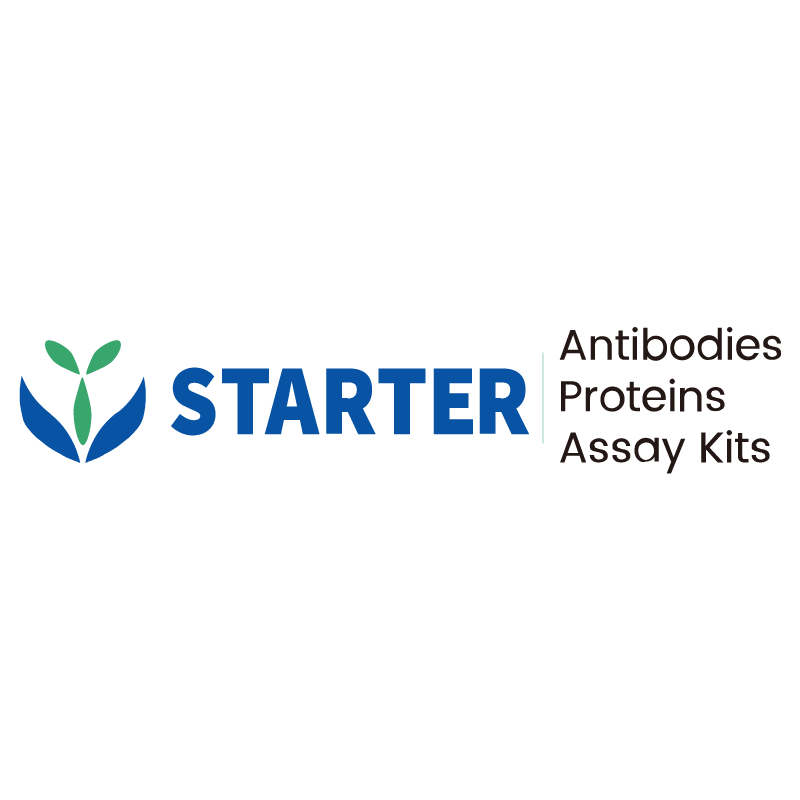Flow cytometric analysis of BALB/c mouse bone marrow labeling Mouse Ly6G at 1/50 (0.1 μg) dilution / (Right panel) compared with a Rat IgG, Isotype Control / (Left panel). Goat Anti - Rat IgG Alexa Fluor® 488 was used as the secondary antibody. Then cells were stained with CD11b - Brilliant Violet 421™ separately. Gated on total viable cells.
Product Details
Product Details
Product Specification
| Host | Rat |
| Antigen | Mouse Ly6G |
| Synonyms | Lymphocyte antigen 6G, Ly-6G, Ly-6G.1 |
| Location | Cell membrane |
| Accession | P35461 |
| Clone Number | S-R481 |
| Antibody Type | Rat mAb |
| Isotype | Rat IgG2a,k |
| Application | FCM |
| Reactivity | Ms |
| Purification | Protein G |
| Concentration | 0.05 mg/ml |
| Conjugation | Unconjugated |
| Physical Appearance | Liquid |
| Storage Buffer | PBS, 40% Glycerol, 0.05% BSA, 0.03% Proclin 300 |
| Stability & Storage | 12 months from date of receipt / reconstitution, -20 °C as supplied. |
Dilution
| application | dilution | species |
| FCM | 1:50 (2μl/Test in 100μl volume) |
Background
Ly6G, or lymphocyte antigen 6 complex locus G6D, is a cell surface marker predominantly expressed on neutrophils and granulocytes in mice. It is a GPI-anchored protein that plays a role in cell signaling and cell adhesion, and is often used as a marker for these particular cell populations. The expression of Ly6G directly correlates with the level of differentiation and maturation of these cells. In the context of immune cell research, Ly6G is often used alongside Ly6C, another cell surface marker that, together with Ly6G, helps distinguish between different granulocyte subsets. The Ly6G protein can also be targeted for therapeutic purposes. The depletion of Ly6G+ cells has been shown to affect tumor growth in certain cancer models, suggesting that neutrophils may have a role in promoting tumor progression in some contexts.
Picture
Picture
FC


